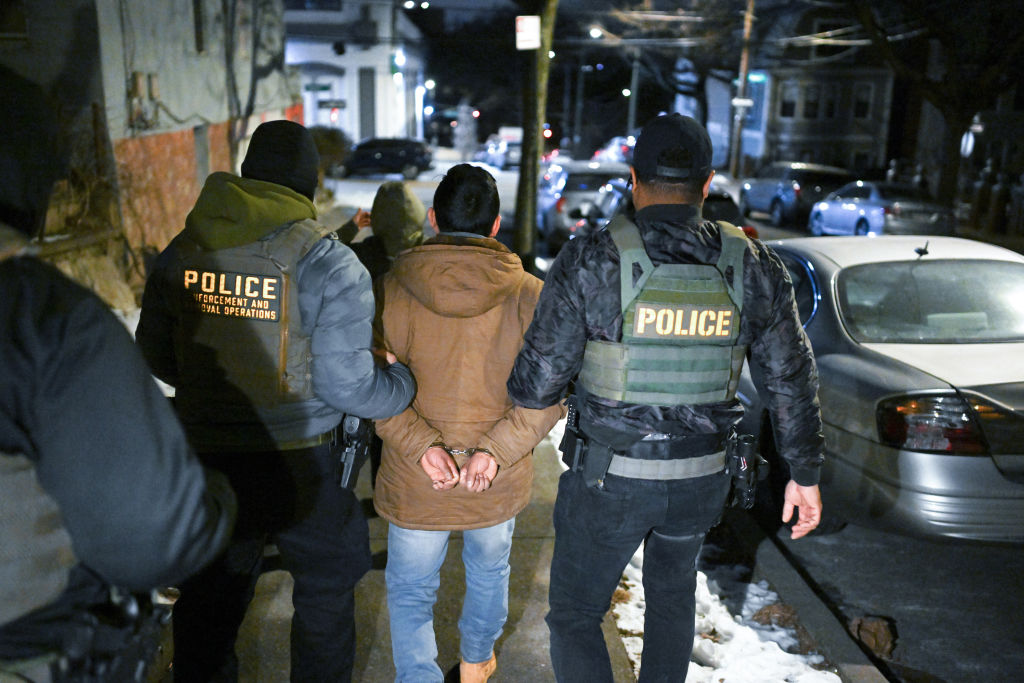Why did the US fly a B-52 strategic bomber over South Korea in late December?
While most Americans were busy preparing for their holiday meals, the United States Air Force was flying one of its B-52 strategic bombers over the Korean Peninsula in a joint air drill with its South Korean ally.
The B-52 flyover took place on December 20th and the strategic bomber was joined by an F-22 stealth fighter jet according to Voice of America's Willaim Gallo.
"South Korean F-35A and F-15K fighters also participated in the joint air drills held in South Korea’s air defense identification zone," Gallo noted.
"It is the allies’ latest show of force toward North Korea," Gallo added, "which has hardened its rhetoric toward the United States and South Korea and conducted a record number of missile tests [last] year."
The flyover demonstration was part of a larger South Korean-U.S. strategic agenda that has been unfolding since late 2022, one that aims to deter Kim Jong-Un from continuing his path of militarization.
Back in early November 2022, the United States flew a supersonic bomber over the territory of its South Korean ally as part of a massive joint air exercise between the two countries.
At least one Boeing B-1B Lancer bomber took part in Operation Vigilant Storm, formerly operation Vigilant Ace, a massive four-day training exercise that included hundreds of American and South Korean warplanes.
The exercise was meant to send a strong message to North Korea after the country launched a number of ballistic missiles, including several intercontinental ballistic missiles that landed in Japan’s Exclusive Economic Zone.
“North Korea has rapidly escalated its provocations,” Japan’s Deputy Defense Minister, Toshiro Ino, said at the time, “launching more than a dozen missiles today alone and reportedly firing more than 100 artillery shells into the Japan sea since announcing an extremely provocative statement earlier in the day.”
B-1B flyovers were a tactic often employed by America and its South Korean ally during periods of heightened escalation with the North Koreans, and this time was no different.
The planes last appeared in the region all the way back in 2017 during another period of heightened tensions and missile testing. But the flyovers were halted shortly after to support the Trump administration's diplomatic efforts with Kim Jong Un.
It is unclear whether the resumption of bomber flyovers at the time was pre-planned, or if it was added to the exercise in response to North Korea’s continued aggression.
North Korea’s recent missile launches prompted South Korea to ask American authorities to step up their deployment efforts in the region.
South Korean Defense Minister Lee Jong-sup said that the United States had agreed to employ “strategic assets to the level equivalent to constant deployment through increasing the frequency and intensity of strategic asset deployment in and around the Korean Peninsula.”
In a joint news briefing with his South Korean counterpart, American Secretary of Defense Lloyd Austin said, “We don’t want to see anyone make a decision to employ a nuclear device.”
“One of the things that sends a strong deterrent message is our ability to work together and to be interoperable, and our ability to train our troops to a high level of capability and also maintain a combat credible force in the region,” Austin added.
Unfortunately, Noth Korean authorities didn't heed Austin's warning in early November since it may have been the country's December 18th launching of two ballistic missiles that prompted the B-52 flyover on December 20th.
More for you
Top Stories





























